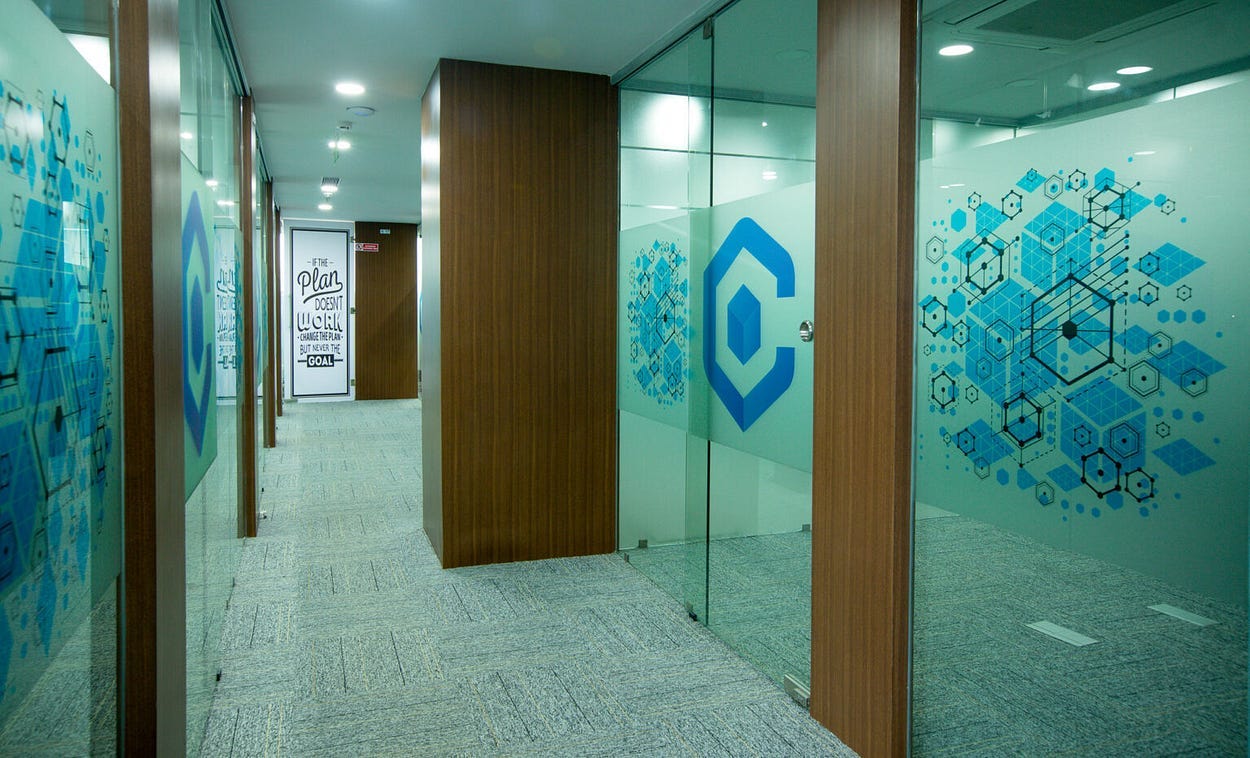If you have a passion for creativity and a flair for transforming spaces, a career in interior design might be perfect for you. But where do interior designers work? Let’s explore the diverse and exciting job opportunities in the field of interior design.

Credit: www.upwork.com
1. Interior Design Firms
Interior designers often work at specialized firms that focus exclusively on interior design projects. These firms provide a collaborative environment where designers work together to create stunning and functional spaces for residential, commercial, and hospitality clients. At these firms, designers get to be a part of a team where they can share ideas and expertise.
2. Architectural Firms
Another common workplace for interior designers is within architectural firms. Here, they collaborate with architects and other design professionals to ensure that the interior spaces of buildings are aesthetically pleasing, functional, and in line with the overall architectural vision. This setting allows for interdisciplinary collaboration and the opportunity to work on large-scale projects.
3. Furniture and Home Décor Retailers
Many interior designers find employment with furniture and home décor retailers. In these settings, designers utilize their expertise to assist customers in selecting furniture, accessories, and other design elements. They may also be involved in creating displays and arranging products within the store to enhance the visual appeal and attract customers.

Credit: medium.com
4. Self-Employment and Freelancing
For those with an entrepreneurial spirit, self-employment and freelancing are viable options. Many interior designers choose to start their own design firms, offering their services to residential and commercial clients. Freelancing also provides flexibility and the ability to work on a variety of projects, ranging from home renovations to office designs.
5. Corporate Environments
Some interior designers work within corporate environments, especially in industries such as hospitality, retail, and healthcare. They may be employed by large corporations to oversee the design and functionality of office spaces, retail establishments, or healthcare facilities, ensuring that these spaces are visually appealing and conducive to their specific purposes.
6. Educational Institutions
Another interesting avenue for interior designers is within educational institutions. Designers may work at colleges and universities, contributing their expertise to the design and layout of classrooms, libraries, and common areas. They play a pivotal role in creating environments that promote learning and creativity.
7. Construction and Development Companies
Interior designers also find opportunities within construction and development companies. In these roles, designers work closely with construction teams to ensure that interior spaces are integrated seamlessly with the overall architectural plan. They may also be involved in selecting materials, finishes, and fixtures for construction projects.
8. Design Consultancies
Design consultancies are another common workplace for interior designers. In these settings, designers provide expert advice to clients on a wide range of design-related issues, including space planning, color schemes, lighting, and material selection. This role allows for a diverse portfolio of projects and client interactions.
9. Showrooms and Exhibitions
Interior designers may also work in showrooms and exhibition spaces, showcasing the latest furniture, lighting, and design trends. In these environments, designers have the opportunity to create visually impactful displays and interact with clients and industry professionals, promoting products and design concepts.
10. Online Platforms and E-Commerce
With the rise of e-commerce, interior designers have also found opportunities to work for online platforms and retailers. They contribute to virtual design services, digital mood boards, and online design consultations, leveraging technology to reach a wider audience and cater to clients who prefer digital interactions.
Frequently Asked Questions For Where Do Interior Designers Work: Uncovering The Best Environments.
Where Do Interior Designers Work?
Interior designers work in a variety of settings, including design firms, architectural firms, retail stores, and even in self-employed or freelance capacities. They often collaborate with architects and clients to create functional and aesthetically pleasing spaces.
What Types Of Projects Do Interior Designers Work On?
Interior designers work on a diverse range of projects, including residential homes, commercial spaces, hospitality venues, healthcare facilities, and educational institutions. They are skilled in creating functional layouts, selecting colors and materials, and incorporating elements of style and decor.
What Skills Do Interior Designers Need?
Interior designers need a mix of creative, technical, and interpersonal skills. They should have a keen eye for aesthetics, knowledge of design software, understanding of building codes, and excellent communication skills. Additionally, they should stay updated with industry trends and possess project management abilities.
Do Interior Designers Work With Contractors And Suppliers?
Yes, interior designers often collaborate with contractors and suppliers. They work alongside contractors to ensure the implementation of design plans and coordinate with suppliers to source materials, furniture, and décor items. This collaborative effort enables interior designers to bring their visions to life.
Conclusion
As we’ve explored, interior designers have a multitude of options when it comes to their workplace. Whether it’s collaborating with design firms, venturing into self-employment, or working within specific industries, there’s an abundance of opportunities to apply their creative talents and design expertise. No matter where they choose to work, interior designers play a pivotal role in shaping the aesthetic and functional aspects of the spaces we inhabit.
